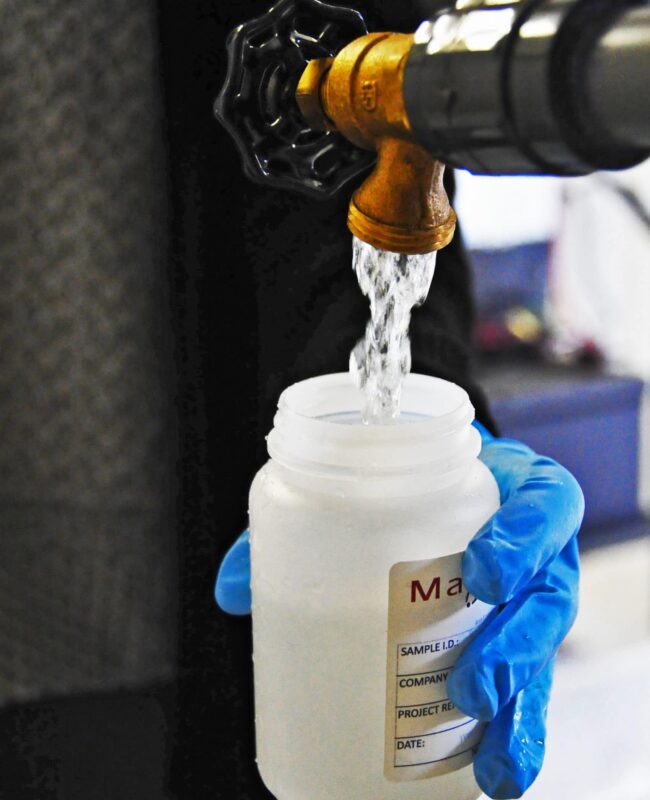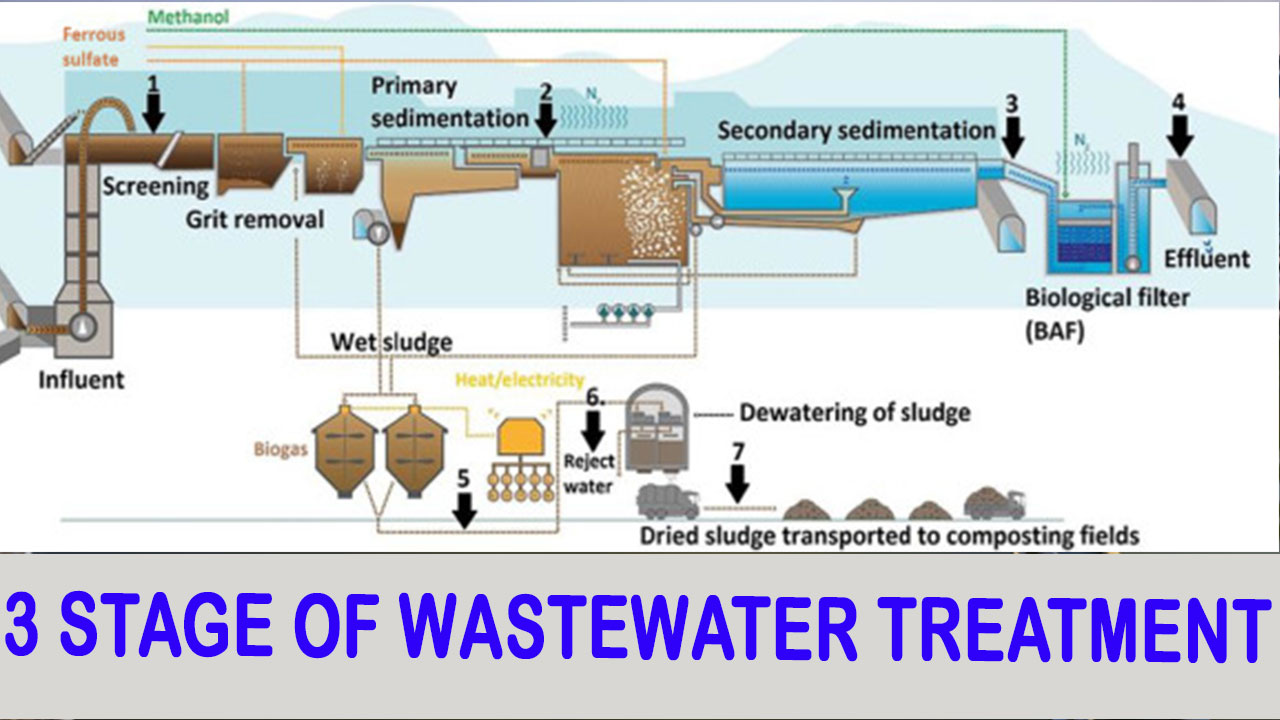More About Residential Water Treatment System
Table of ContentsResidential Water Treatment System for DummiesResidential Water Treatment System - TruthsSome Known Incorrect Statements About Residential Water Treatment System Facts About Residential Water Treatment System Uncovered
5)5. 1 The need for massive water treatment, Water treatment is the procedure of eliminating all those compounds, whether organic, chemical or physical, that are potentially harmful in water for human and residential use. This treatment helps to produce water that is risk-free, tasty, clear, colourless and odourless. Water additionally needs to be non-corrosive, indicating it will certainly not cause damages to pipework.This creates a need for big volumes of secure water to be provided dependably and consistently, as well as this demand is growing. As metropolitan populaces increase, there is a need to discover brand-new resources to fulfill the growing demand. If groundwater is offered this can usually be used with very little treatment however any kind of surface area water resource will certainly need to be treated to make it safe.
6 describes just how this estimation is made yet first you will take a look at the primary phases in the water therapy procedure. 5. 2 Stages in large water therapy, There are usually 7 actions (Number 5. 2) in large-scale water treatment for urban community water (Abayneh, 2004). Each of the actions will certainly be explained consequently in this section.

Not known Details About Residential Water Treatment System
Here the water is carefully mixed by paddles in a flocculation container (Number 5. 5) and the flocs enter into contact with each various other to develop bigger flocs. The flocculation container frequently has a number of areas with reducing blending rates as the water advances through the basin (Figure 5.
6(b)) for several hrs for sedimentation to occur. The material built up at the bottom of the storage tank is called sludge; this is eliminated for disposal. 5.2. 5 Filtering, Purification is the procedure where solids are divided from a fluid. In water treatment, the solids that are not separated out in the sedimentation storage tank are eliminated by passing the water with beds of sand as well as gravel.
7), with a flow rate of 48 cubic metres per square metre of filter surface per hr (this is created as 48 m3 m2 h1) are often used. When the filters have plenty of entraped solids, they are backwashed. In this procedure, clean water and air are pumped in reverse up the filter to remove the caught impurities, and the water lugging the dust (referred to as backwash) is pumped into the sewage system, if there is one.
6 Chlorination, After sedimentation, the water is disinfected to remove any type of continuing to be pathogenic micro-organisms. The most generally made use of disinfectant (the chemical utilized for sanitation) is chlorine, in the kind of a fluid (such as sodium hypochlorite, Na, OCl) or a gas.
Get This Report on Residential Water Treatment System
The amount of chlorine left after this is called recurring chlorine. This remains in the water all the method via More Bonuses the distribution system, shielding it from any micro-organisms that may enter it, up until the water pop over to this site gets to the consumers. World Wellness Organization Guidelines (WHO, 2003) recommend an optimum residual chlorine of 5 mg l1 of water.

7 Auxiliary therapy, Supplementary therapy may sometimes be required for the advantage of the populace. One such instance is the fluoridation of water, where fluoride is included to water. It has been stated by the World Health Company that 'fluoridation of water products, where feasible, is one of the most reliable public wellness action for the prevention of oral decay' (WHO, 2001).

Some Known Facts About Residential Water Treatment System.
5 mg l1. What does excess fluoride in the water cause? As stated in Research Session 2, in children it can cause stippling of teeth and also prolonged exposure special info can cause skeletal fluorosis and crippling. In such high-fluoride areas, removal or reduction of fluoride (called defluoridation) is necessary. The most basic means of doing this is to mix the high-fluoride water with water that has no (or extremely little) fluoride to ensure that the last blend is secure - residential water treatment system.
Both chemicals are included in and also swiftly blended with the fluoride-contaminated water and after that the water is stirred delicately. Flocs of aluminium hydroxide kind as well as these eliminate the fluoride by adsorption as well as ion exchange. The flocs are then eliminated by sedimentation. 5.3 Administration of wastes from water treatment plants, From the water treatment procedure that you have actually just studied, make a checklist of the various wastes that develop.
In the last it is contributed to the inbound sewage, where it can help negotiation of solids. The backwash from the sand filter is released right into the sewage system or returned to the river after negotiation of solids. Packaging waste such as chemical drums can be gone back to the distributor for reuse.
5.4 Sustainability and durability in water treatment, In Research study Session 4 you review some factors that can influence the sustainability of a water resource. Reducing soil disintegration by growing trees and maintaining plant life can decrease the quantity of silt that gathers in a reservoir as well as lengthen its life. residential water treatment system.